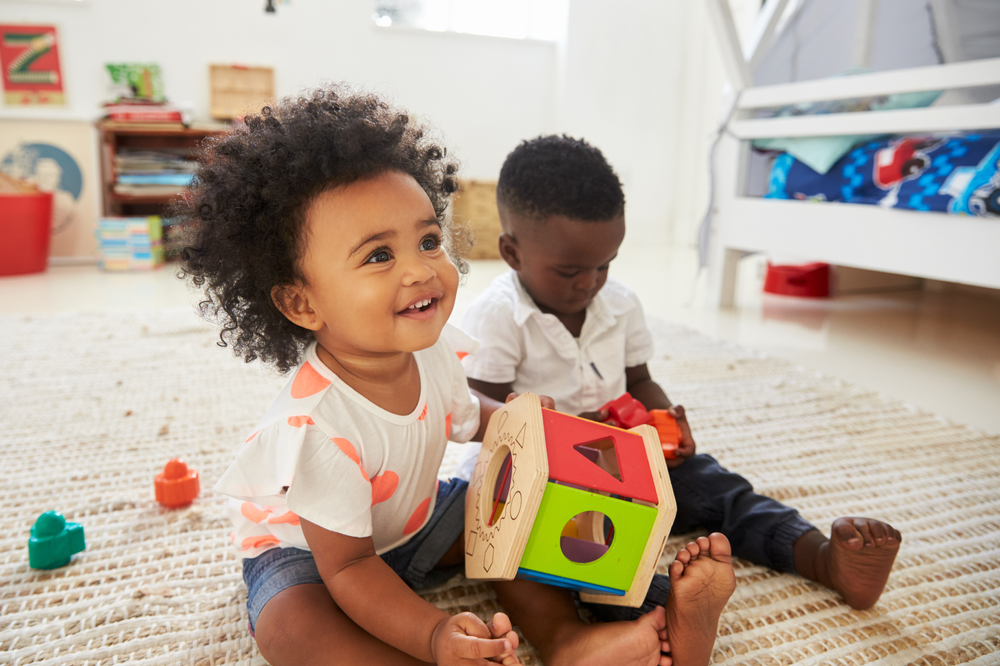
Are children naturally empathetic? You may have heard of the phenomenon of infants crying in a nursery, reacting to each other's cries in a sort of snowball of emotional distress. Research shows that newborns, for example, respond more to the cries of other babies then they do to other loud sounds. They respond more to the cries of other babies than they do even to the recorded sound of their own cries. Caregivers often describe this response as evidence of the innate nature of empathy. But more recent research suggests that, while these early examples of sharing emotions with other infants may predict children's empathy later, in infancy anyway they are more likely to be the result of "emotional contagion," when one infant's cry triggers another infant's fears, causing them to cry as well. The infant isn't crying to demonstrate kindness to the first child, but because the cries of the first child caused them anxiety or fear. The old yarn seems to be just a story.
So, are children naturally empathetic? More recent research suggests that we shouldn't throw the empathetic baby out with the nursery bathwater. While that particular phenomenon probably doesn't show us as much about empathic concern as it does about emotional contagion, there is good evidence that infants and toddlers are nonetheless empathetic. In fact, more recent evidence suggests that not only are they empathetic, but they are even more so in situations in which they may be able to influence the outcome. That is to say, when infants and toddlers believe they can make it "better," they are even more likely to behave in ways that seek to. Not only are children naturally empathetic, this research suggests… they are naturally kind. So why don't we notice that more often? Simple, the research suggests. We're too busy. We end up paying more attention to the behaviors that are problematic than to the ones that are quiet, kind, and compassionate.
Montessori infant and toddler classrooms are often paced differently than the rest of the child' life. In these spaces, the development of infants and toddlers is the first, and often only, priority of the day. There are no older children to get to soccer practice or dinners to cook. There aren't pets to manage or checkout lines to navigate. Instead, there is a space prepared specifically for the development of the children within it and paced as their own development demands. It turns out that, when you take out all the rushing and distractions and commotion of the rest of our lives, infants and toddlers are actually pretty lovely people.
Observe and you'll notice infants paying attention longer to teachers , making eye contact and connecting even before they are verbal. You'll see infants reaching out to comfort each other when they see sadness or finding each other's faces when something funny happens to share the joke. You'll see them sharing food or offering hugs. You'll notice toddlers helping each other to put on their coats or carrying heavy items together, patting each other on the back when one is hurt or offering consolation when one is crying. You'll see them bring each other flowers on the playground or wrap their arms around each other to cuddle up. These acts of kindness reflect their natural empathy for each other. While they may not yet be able to demonstrate the perspective-taking that will allow them as their development progresses, these early kindnesses can be protected and nurtured when they're in an environment that notices and reinforces them. This is not to say that there won't be challenging times: infants and toddlers often have more complicated agendas than they have language skills, and the disparity doesn't usually present as kindness. But in a classroom within which children set the pace, teachers can notice and affirm their efforts to care for each other, supporting and protecting these gentle qualities in them as they grow.
#FirstPlane #Infants #Toddlers #ForParents
